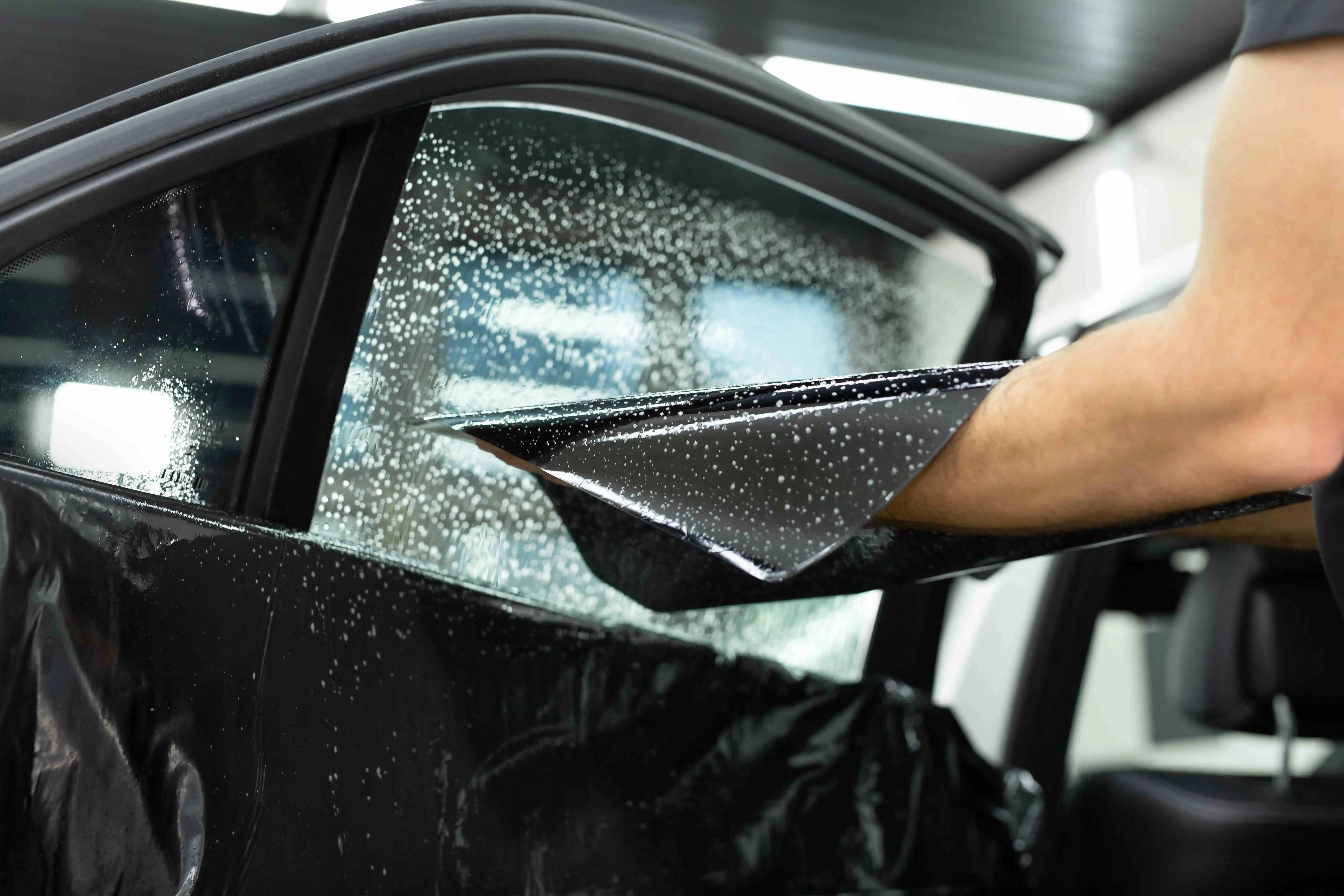Car Window Tinting: A Guide to Choosing the Perfect Shade
Car Window Tinting: A Guide to Choosing the Perfect Shade
Blog Article
Home Window Tinting Regulations and Standards: What You Required to Know Prior To Tinting Your Automobile
Before proceeding with home window tinting for your automobile, it is necessary to familiarize on your own with the diverse regulations and standards that regulate this practice across various states. These laws dictate the allowable degrees of tint darkness, frequently gauged by noticeable light transmission (VLT) portions, and include particular specifications for front windshields targeted at making sure road security. Additionally, specific territories might use clinical exemptions for individuals with certifying problems. Recognizing these intricacies can conserve you from possible lawful implications, but what are the details regulations in your state?
Overview of Home Window Tinting Rules
Home window tinting regulations are often subject to variation across various territories, showing neighborhood guidelines and safety factors to consider. These laws determine the permissible degrees of color darkness and reflectiveness on lorry windows, guaranteeing that vehicle drivers keep ample presence while additionally protecting against damaging UV rays and heat.
Most guidelines identify window tinting based on the Visible Light Transmission (VLT) percent, which shows the quantity of light that can travel through the window. Typically, reduced VLT portions signify darker tints. Regulations usually set apart between the front, side, and back windows, with more stringent restrictions related to the front windshield to improve security for both the motorist and various other roadway individuals.
Additionally, some jurisdictions enforce limitations on the reflectivity of the tint, stopping too much glow that could harm visibility. Exemptions to these regulations may exist for people with details clinical problems requiring added sun defense. Compliance with window tinting policies is critical, as violations can result in penalties, obligatory elimination of the tint, and possible rises in insurance coverage premiums. As a result, it is essential for lorry proprietors to acquaint themselves with regional regulations before waging window tinting setups.
State-by-State Tint Rules
Recognizing the specific window tinting regulations in each state is crucial for car owners seeking to abide by the law. Each state in the united state has actually developed its own collection of policies controling home window tinting, which can vary significantly. These guidelines frequently dictate the allowable levels of color darkness, the sorts of windows that can be tinted, and any type of clinical exceptions that may use.
As an example, states like The golden state have rigorous constraints on tint darkness for front windows, while others, such as New Mexico, might permit darker colors. Furthermore, specific states mandate particular visibility percents for numerous home windows, consisting of the windshield, front side home windows, and back home windows. It is essential for vehicle proprietors to acquaint themselves with their state's legislations to prevent possible fines or fines.
Moreover, some states may need a qualification sticker to be placed on colored home windows, indicating compliance with state laws. Failing to stick to these laws not just runs the risk of lawful repercussions yet can additionally impact safety and presence while driving. Car owners ought to perform comprehensive research study or consult neighborhood authorities to make certain complete understanding and conformity with state-by-state tint policies.
Allowed Color Kinds and levels
Many car owners may be amazed to discover that allowed color degrees and types differ commonly throughout various states. Each state has actually developed its own regulations concerning the permitted darkness and reflectivity of window tint, commonly measured by Visible Light Transmission (VLT) portions. VLT refers to the quantity of light that can travel through the colored windows; therefore, a lower portion suggests a darker tint.

Additionally, the sorts of tint materials enabled can vary, with some states prohibiting metallic or mirror-like coatings. It is important for vehicle owners to acquaint themselves with their state's specific regulations to make certain compliance. Non-compliance can result in penalties, mandatory elimination of the tint, or various other lawful effects, making it important to understand these policies before waging setup.
Medical Exemptions for Tinting
While not all states supply allocations for medical exceptions pertaining to window tinting, those that do identify the necessity for details people to improve exposure and convenience as a result of clinical conditions. Various clinical problems, such as lupus, skin cancer cells, and specific eye problems, can provide people particularly delicate to sunshine. These individuals might call for darker colors to safeguard themselves from dangerous UV rays and glow.

It is very important to note that also with a clinical exception, there may still be constraints on the level of tint allowed. Compliance with state regulations ensures that individuals are both safeguarded and within lawful restrictions. Those thinking about clinical exemptions need to contact their regional Department of Motor Vehicles or comparable authority to understand the treatments and needs required to look for an exemption successfully.
Charges for Non-Compliance
Stopping working to abide by home window tinting laws can cause substantial fines, which differ by state. Law enforcement firms are equipped to issue citations for cars that do not abide by the specified tinting guidelines. These penalties generally include fines, which can range from small total up to a number of hundred bucks, depending on the severity of the offense and the state in question.
In some territories, duplicated offenses may lead to escalating fines or extra fines, such as necessary court looks. Non-compliance may demand the elimination of illegal tinting, typically at the proprietor's expenditure. In severe instances, habitual wrongdoers may encounter suspension of their lorry enrollment until compliance is attained.
Additionally, insurance policy effects may develop from getting numerous citations for window tint violations. Insurance companies might see such offenses as a sign of riskier behavior, possibly leading to increased premiums or trouble in coverage.
To stay clear of these fines, it is vital for car proprietors to acquaint themselves with their local window tinting laws and guarantee that their car complies (Window Tinting). This positive strategy not just stays clear of legal ramifications however additionally promotes roadway safety and security
Verdict

Most guidelines identify home window tinting based on the Visible Light Transmission (VLT) percentage, which shows the quantity of light that can pass through the window. Compliance with window tinting policies is crucial, as offenses can result in fines, obligatory removal of the tint, and possible rises in insurance coverage costs.Recognizing the specific window tinting guidelines in each state is vital for car proprietors looking for to conform with the regulation. These laws usually dictate the permitted degrees of tint darkness, the types of home windows that can be tinted, and any type of clinical exemptions that may apply.
For instance, states like California have stringent restrictions on color darkness for front windows, while others, such as New Mexico, Website might enable darker tints.
Report this page